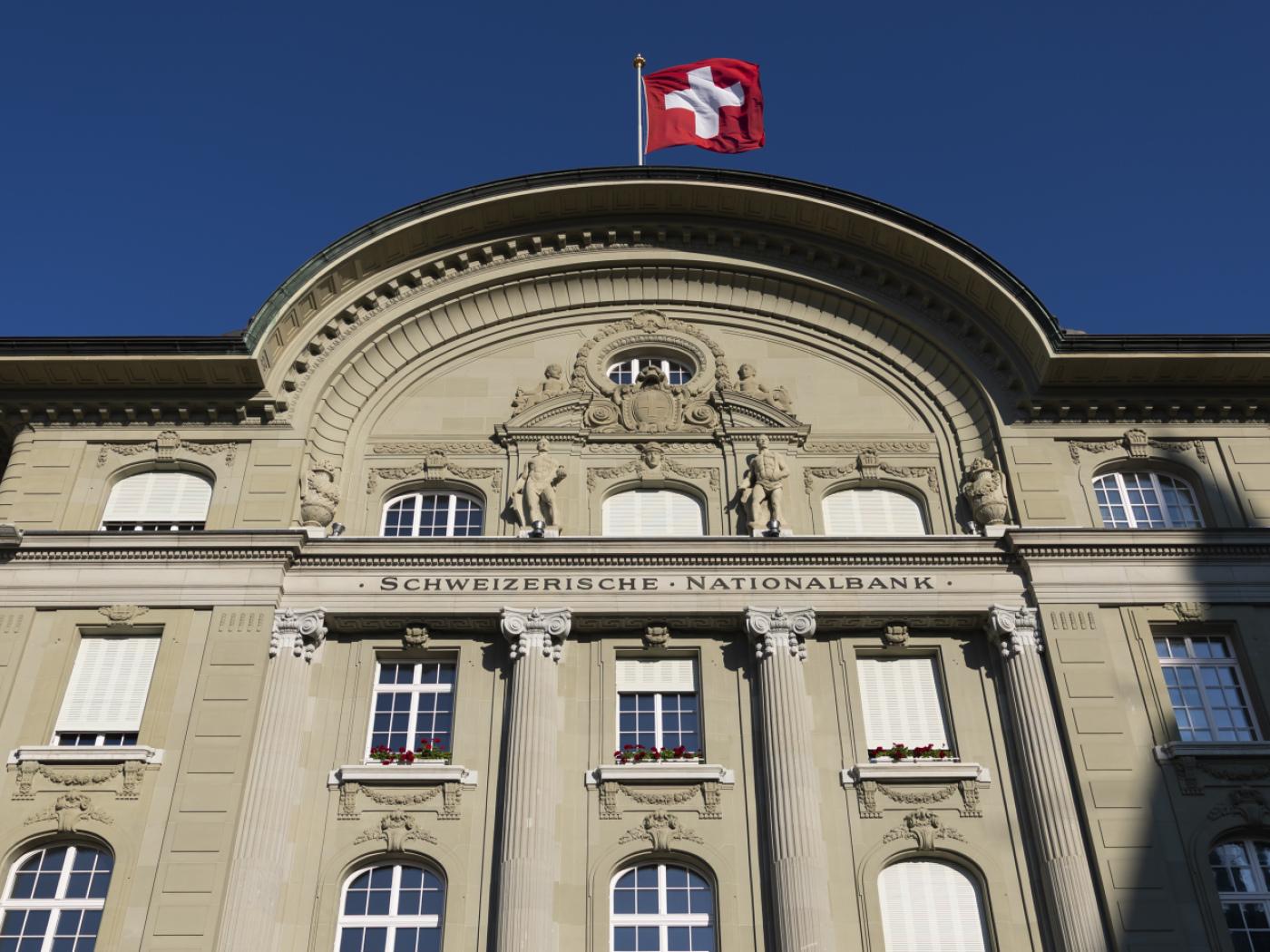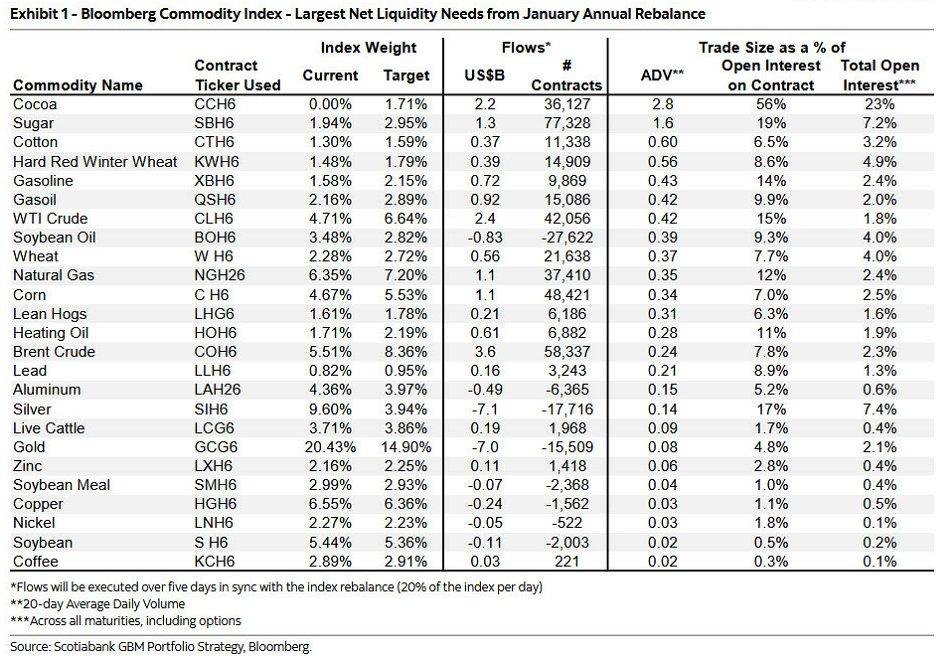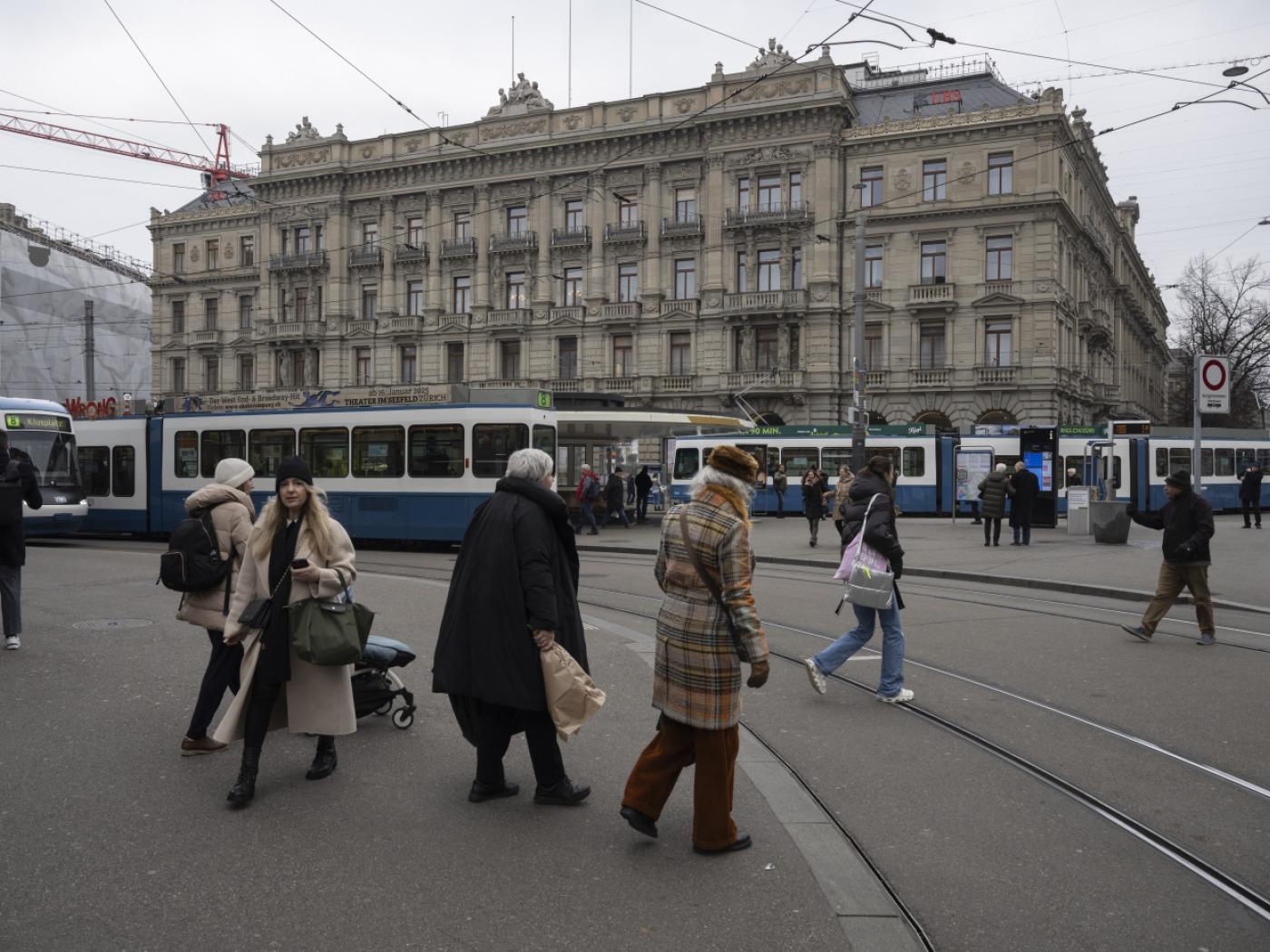The Federal Reserve seems to have finally committed to, but has not yet begun its “rate cutting cycle” of lower interest rates, specifically the Federal Funds Rate, or policy rate.
This lines up well with what I have been thinking and saying here and elsewhere; the Fed was not likely to cut rates until the fall of 2024 or later.
My thinking or guessing was based on the notion that the Fed wanted to remain perceived as tough on inflation for as long as possible and that they wanted to be perceived—eventually—as coming to the economy’s rescue, rather than just goosing the stock market higher. The Fed plays a “confidence game” with the general public.
More importantly, in my thinking, the rate cuts would line up well with and reinforce the un-inversion of the interest rate yield curve. Now, with the Fed’s Chairman Jay Powell fully making intentions known at the Jackson Hole, Wyoming Fed Conference, and market expectations now in full adjustment, the inverted yield curve is poised to pop!
You can see in the graph, it seems inevitable that short term rates (2-year government bonds) will fall below long-term rates (10-year government bonds). You can also see that this inverted yield curve cycle is the most severe and long-lasting inversion since the late 1970s.
As I remember it, that previous cycle was one of relative impoverishment for Americans, economic distress, unemployment and inflation, and more to come (the term Stagflation was coined in the 1960s in the UK) and one of the worse decades in stock market history in inflation-adjusted terms. Of course, every cycle has its differences. And of course, you cannot measure the maladjustment or erosion of the economy’s capital structure that the Fed has caused with its inflationary policies.
In addition to thinking the Fed would only begin cuts this fall or winter (depending on the election and severity of the downturn in the data), I also suspected that the Fed would engage not in the one or two quarter point cuts in rates it is currently talking about and that markets are expecting, but in a series of fairly rapid cuts, maybe 10 to 20 quarter point cuts.
This guess was based on guesses for a worsening employment situation and a fall in stock market leadership, and stock markets more generally, including real estate markets, whether in a bubble, such as new home construction or just teetering, such as commercial real estate.
My question today is what comes after all that happens, supposing that it does happen? If the Fed does cut its policy rate several times that will impact decisions. All the money in various bankable deposits might be considered for redeployment. There has been a huge increase in various types of demand deposits in the 2020s and this spiked upward higher still when the Fed raised rates, forcing banks to follow.
Banks themselves have tons of excess reserves on deposit with the Fed earning over 5%.
If the Fed lowers rates, what will happen to all that money? Here are most of the alternatives:
- Part will stay right where it is in various forms of cash and demand deposits.
- Part might be invested in stocks and longer-term bond investments, but which ones?
- Part might be used to pay off or pay down debts at higher interest rates, such as credit card debt, mortgages, personal loans, etc. and businesses might do the same.
- Part could be spent or consumed, or even invested in new businesses.
- Part could be converted to alternative or defunct forms of money such as Bitcoin or the metal silver (Ag) which previously and widely served as money.
- Part could be sent overseas to stock markets, bond markets, or foreign currency deposits. This type of flow would be influenced by foreign exchange rates, where the dollar has been falling lately.
These decisions will depend on expectations built on past experience and current conditions. For example, if you made a 1000 percent profit on Nvidia stock or Bitcoin and they are heading higher you might just deploy more cash into those investments. Banks also have a menu of choices should the Fed reduce their interest rate. For example, they may grant more loans and mortgages if they are optimistic, or they may increase their loan loss reserves if they are pessimistic.
Once this process is initiated by the Fed, it should happen rather “dramatically” in statistical terms, say over two years.
It is really hard to guess where the money will go, so let us drop back and see what the ABCT might tell us.
It says that in the upturn part of the business cycle that we have been in for a long time, resources will be invested in longer term capital in more roundabout production processes to the neglect of existing structures of production that produce close to the production of consumer goods.
The longer-term capital stock includes real estate creation which typically last more than 25 years, technology—especially new and “advanced” technologies that might not be deployed under free market conditions for years to come, if at all, and anything research related, such as pharmaceutical products that often don’t pay off for years or decades to come.
The theory predicts that such investments are overdone and premature and will probably suffer the most losses in the downturn.
The shorter-term capital stock is an investment that produces consumption goods or direct inputs into consumption goods.
For example, if I make a $1 million investment to clear some land and have it tilled up and plant a crop such as corn, I will have a product to sell in less than a year’s time. This is rather direct and starts to pay in a relatively short term, even though the process might last for decades.
In contrast, I could have made the same investment but planted grape vines for the production of wine, but I might not be able to actually produce wine for sale for a decade or more, which is similar to pharmaceutical research. That is, more roundabout.
This would suggest that the historically low-interest rate policy environment that we have been living in since the Great Financial Crisis, in the aftermath of the Fed’s Housing Bubble, has tilted the capital structure of our economy in favor of the longer term, or more “roundabout” production and away from the more direct and lower order consumer goods.
In terms of my guesses, the overinvested maladjusted component of the economy would be illustrated by Artificial Intelligence. AI will no doubt eventually bring many benefits, but it may prove to be a bad investment in the shorter run.
The underinvestment area of the economy, and again this is just my guess, is in the production of commodities that I illustrated above with growing corn.
This malinvestment pattern has probably been exacerbated by other government policies which have increased longer term, more roundabout production such as Covid treatment spending, Chips Act, and Green-Global Warming-Climate Change policies to discourage, for example, agriculture, ranching, mining, and energy.
This a transcript of the Minor Issues podcast, “Where Will All the Money Go?”
Full story here Are you the author? Previous post See more for Next postTags: Featured,newsletter

























